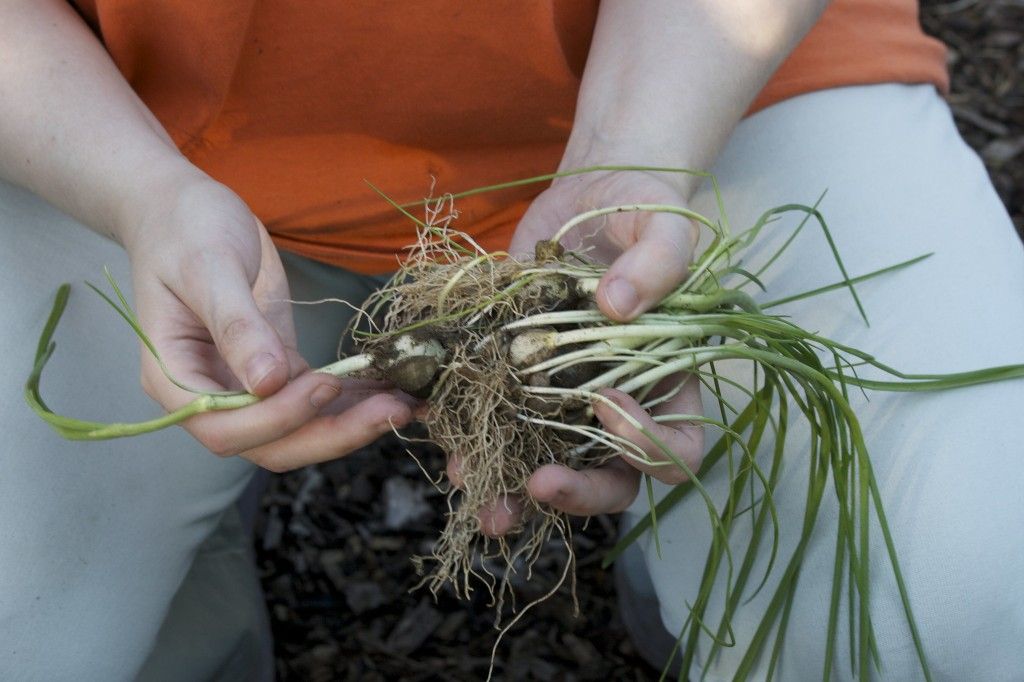When a plant is called a perennial, we usually assume it will be a permanent resident in our gardens. This does not mean, however, that all perennials in our gardens will be long lived. Some, like the lovely hybrid columbines, have a tendency to die out over time, while others, like peonies, may last for a century.
Some such as iris, chrysanthemums, phlox, and asters produce fewer and fewer blooms as their clumps get older and bigger. There are only a few perennials that actually thrive for many years without being divided and replanted. Bleeding heart and oriental poppies are examples of those that dislike being disturbed.
So, dividing established clumps of most perennial plants is an easy way to propagate more of them. Generally, it is best to divide fall-blooming perennials in the spring just as growth begins, and spring bloomers in the fall. So, the spring blooming iris, which has rhizomes on the surface of the soil, are best divided in late summer so that they can recover in time to bloom again the following spring. The fall-blooming asters and chrysanthemums should be divided in the spring, so that they can recover during the next summer, in time to bloom again next fall.
Plants like these should be dug around and under, then lifted from the soil in clumps, and carefully pulled apart to prevent root injury. A clean cut to the roots of rhizomes and tubers, can be made with a knife. Coreopsis, dianthus, yarrow, hosta, sedum, salvia, and veronica are examples of perennials with root clumps that divide well.
This is Moya Andrews, and today we focused on divide to multiply.










